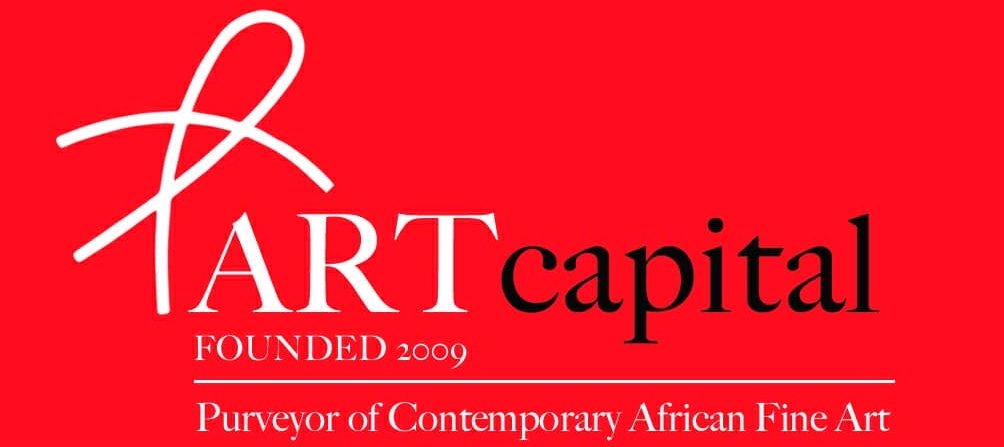By Nii B. Andrews.
Mami Wata has been described in essence as “a beguiling water spirit that endures across geographies”.
She has often been represented as a mermaid or snake charmer – “an amphibious corporeality that emphasizes the fraught relationship between people of African descent and water in the aftermath of the transatlantic slave trade”.
She is a ?deity that is known and referred to under different names throughout Africa and the African diaspora, including the United States, the Caribbean, and Brazil.
Mami Wata is a complex symbol with so many resonances that she feeds the imagination, generating and engendering rather than circumscribing or limiting, meanings and significances.
It was the legendary Nigerian musician – Sir Victor Uwaifo, who penned this evocative line in a famous hit song: ‘If you see Mami Wata oh, never you run away!’

Some scholars have observed that very little research explains the realities of the actual worship of the goddess nor portrays the multifaceted social environment that brings this phenomenon into being.
Among different peoples and societies, she is thought of as “a nurturing mother; sexy mama; provider of riches; healer of physical and spiritual ills; and embodiment of dangers and desires, risks and challenges, dreams and aspirations, fears and forebodings.
People are attracted to the seemingly endless possibilities she represents and, at the same time, frightened by her destructive potential.
She inspires an extensive range of emotions, attitudes, and actions among those who worship her, fear her, study her, and create works of art about her.”

In Cote d’Ivoire for example, Baule inspired artists use her image to symbolize novelty, fashionable elegance, and modernity.
Furthermore in certain locales, syncretic religious contexts have merged her persona with Christian saints or indigenous spiritual figures.
In contemporary ghana, the dramatic rise of a peculiar strand of religiosity and its prominent concern with satanic forces has led to Mami Wata being recast as a demon working with the devil. Go figure!
But at the same time, the senseless destruction of our water bodies continues unabated even to the extent that our coastline is ravaged by polluted water that includes organic human waste and plastic – and we continue to argue over facts?

Simone Leigh, the renowned artist, draws on materials and forms traditionally associated with African art to investigate the intersection of cultures and geographies, and to explore ideas about the female body, race, beauty, and community.
Leigh’s bronze sculpture titled SENTINEL (MAMI WATA) has been placed at the Harvard Business School campus until 2027 on loan.
Gabe Handel, assistant dean for administrative and educational affairs stated:
“Art like Sentinel (Mami Wata) can inspire people to think creatively, question their assumptions, and imagine new possibilities.
We want people to engage with the various pieces across campus, take the time to reflect on their meaning and importance, and consider the role of art in their lives.”
The sculpture is part of the School’s ongoing outdoor contemporary art program made possible by the generosity of Bridgitt (MBA 1986) and Bruce Evans (MBA 1986), both alumni.
